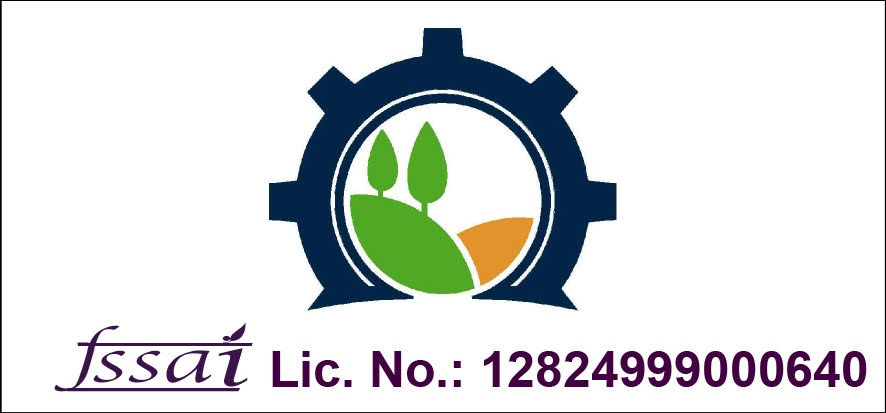 Over the past two months, India has removed several of its restrictions affecting rice exports, some in place since September 2022. This is welcome news for rice importing countries, which for the past year have had to seek alternative suppliers at significantly elevated prices.
This post—following up on previous assessments of the situation from July 2024, February 2024, October 2023, and July 2023—summarizes recent actions, examines recent trade trends, and evaluates the impact of the restrictions on importing countries of Africa, a region that typically receives over half of India’s rice exports. It also briefly examines the impact of the export restrictions on domestic rice prices in India.
Over the past two months, India has removed several of its restrictions affecting rice exports, some in place since September 2022. This is welcome news for rice importing countries, which for the past year have had to seek alternative suppliers at significantly elevated prices.
This post—following up on previous assessments of the situation from July 2024, February 2024, October 2023, and July 2023—summarizes recent actions, examines recent trade trends, and evaluates the impact of the restrictions on importing countries of Africa, a region that typically receives over half of India’s rice exports. It also briefly examines the impact of the export restrictions on domestic rice prices in India.



